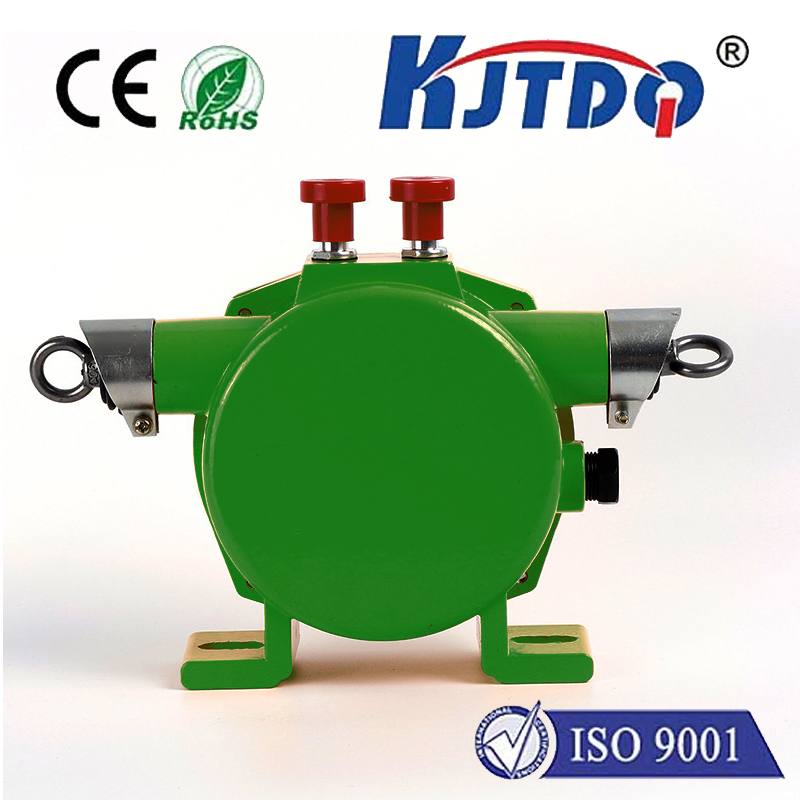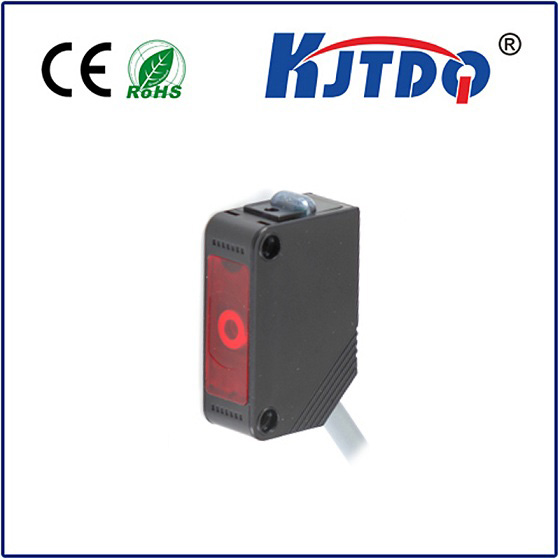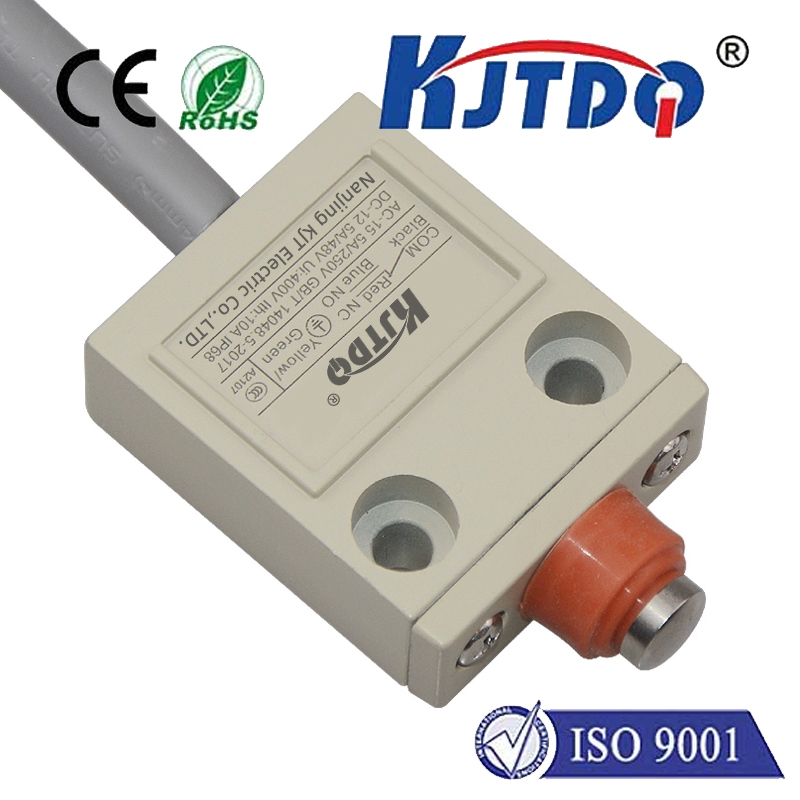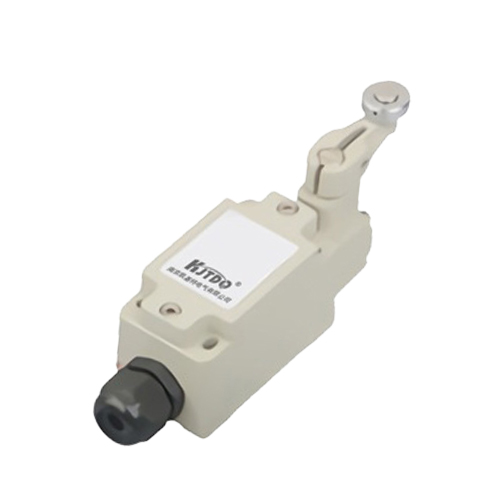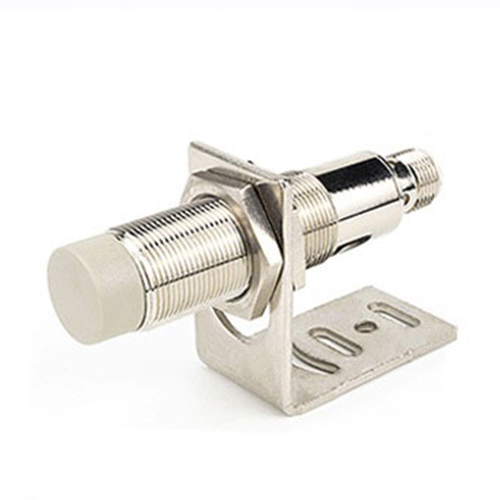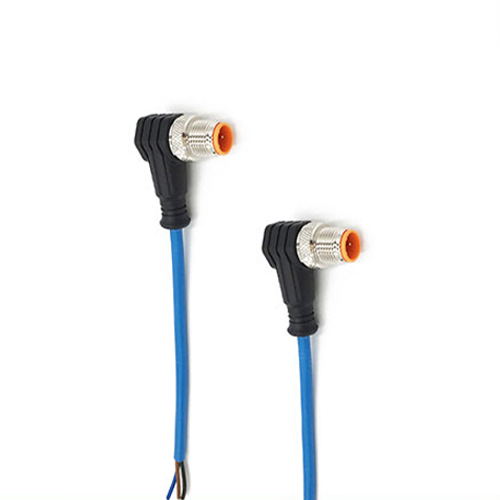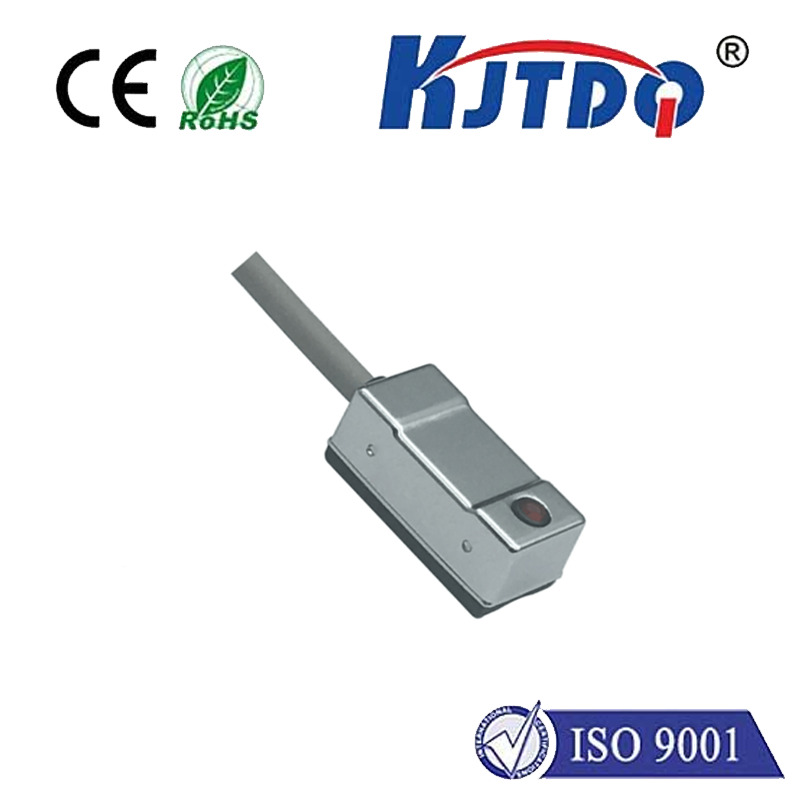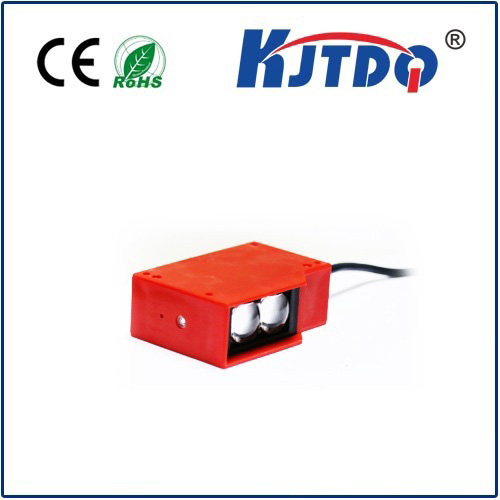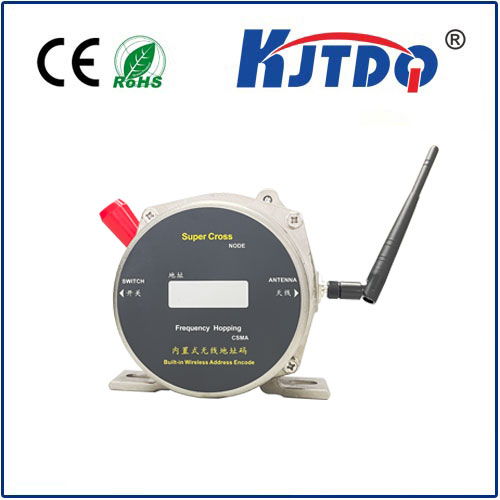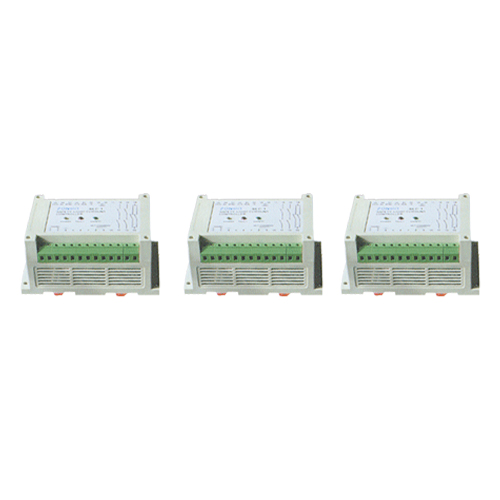

check

check

check

check

check

check

check

check

check

check
Ever wondered how your smartphone screen dims when held to your ear, or how an elevator door knows not to close on someone? The silent hero behind these everyday conveniences is the proximity sensor. These remarkable devices detect the presence, absence, or distance of nearby objects without any physical contact. Their ability to operate reliably in harsh environments and provide precise detection makes them fundamental components in automation systems, manufacturing, robotics, automobiles, and countless consumer electronics. Understanding the different types of proximity sensors available is crucial for selecting the right one for any application. Let’s delve into the most common categories and their unique characteristics.
1. Capacitive Proximity Sensors: Sensing Almost Anything
Unlike some proximity sensor types, capacitive sensors work by generating an electrostatic field. When a target object enters this field, it disrupts the capacitance (its ability to store an electrical charge). This change is detected by the sensor’s circuitry. A key advantage is that capacitive proximity sensors can detect a wide range of materials, including metals, plastics, wood, liquids, powders, and even the human body through non-metallic barriers like glass or plastic. This makes them incredibly versatile. However, their sensitivity can also be a drawback; they can be affected by environmental factors like humidity or dirt buildup. Common applications include liquid level detection in tanks, touchscreens, material handling systems (detecting non-metallic items), and object presence detection where material type varies. Their non-contact detection capability is a major benefit.
2. Inductive Proximity Sensors: The Metal Detectors

Inductive proximity sensors are the workhorses of industrial automation when it comes to detecting ferrous and non-ferrous metals. They operate using an oscillating electromagnetic field generated by a coil. When a conductive metal target enters this field, it induces eddy currents within the metal, causing a measurable loss of energy in the sensor’s oscillator circuit. These sensors are prized for their ruggedness, high switching speed, immunity to dust, oil, and moisture, and long operational life. They are typically limited to metallic targets and have a relatively shorter sensing range compared to some other technologies (like ultrasonic). You’ll find inductive sensors ubiquitously in manufacturing plants for tasks like counting metallic parts on a conveyor, detecting position of machine components (e.g., cylinders), and ensuring end-of-travel checks.
3. Optical Proximity Sensors (Photoelectric): Seeing the Light
Optical proximity sensors, or photoelectric sensors, use light (visible, infrared, or laser) to detect objects. They consist of a light source (emitter) and a receiver. Detection occurs based on the interruption (diffuse and retro-reflective modes) or reflection (thru-beam mode) of the light beam by the target object. Thru-beam sensors (separate emitter and receiver) offer the longest detection ranges and high accuracy. Diffuse sensors (emitter and receiver in one housing) detect objects based on the light reflected directly back from the target. Optical sensors excel at detecting objects regardless of material composition (though surface reflectivity matters), over longer distances, and with high precision. However, they can be affected by environmental factors like dust, fog, strong ambient light, or highly reflective backgrounds. Applications span a vast range, from product counting on high-speed lines and object detection in packaging machinery to security systems and automatic doors.
4. Ultrasonic Proximity Sensors: Sounding Out Distance
These sensors harness sound waves beyond the range of human hearing. An ultrasonic proximity sensor emits high-frequency sound pulses and then detects the echo reflected off a target object. By measuring the time-of-flight (the time taken for the sound wave to travel to the object and back), the sensor can accurately determine the distance to the object. A significant strength is their ability to detect objects regardless of material, color, transparency, or surface texture – they work well on liquids, solids, powders, and even in challenging environments with dust or smoke. They provide superior range capabilities compared to inductive and capacitive types. Drawbacks include potential interference from other ultrasonic sources (like air jets), sensitivity to temperature changes (affecting sound speed), and relatively slower response times. Typical uses include distance measurement in parking assistance systems, tank level monitoring, pallet detection in logistics, and presence detection for large or irregularly shaped objects.
5. Magnetic Proximity Sensors (Reed Switch/Hall Effect): Sensing the Field
While often grouped under proximity sensors, magnetic sensors specifically detect the presence of a magnetic field, typically generated by a permanent magnet. There are two primary sub-types relevant for proximity detection:
Both types are highly reliable, consume very little power, and are immune to dust, oil, and water. Hall Effect sensors offer advantages like smaller size, faster switching speeds, and the ability to detect weaker fields. Their key limitation is the requirement for a specific target – a magnet. Common proximity applications include detecting the position of doors and windows in security systems, monitoring fluid levels using magnetic floats, sensing rotation/speed in motors (via magnet on shaft), and seat belt buckle detection in vehicles.
The world of proximity sensors is diverse, each type offering distinct capabilities shaped by its fundamental operating principle. Capacitive sensors provide broad material detection, inductive sensors excel at robust metallic target sensing, optical sensors offer long-range precision, ultrasonic sensors handle challenging materials and measure distance, while magnetic sensors reliably detect magnets with minimal power. Choosing the optimal proximity sensor hinges critically on understanding the target material, required sensing range, environmental conditions, output needs, and cost constraints. This knowledge empowers engineers and designers to implement the most effective sensing solution for countless applications, driving efficiency and automation across industries.
